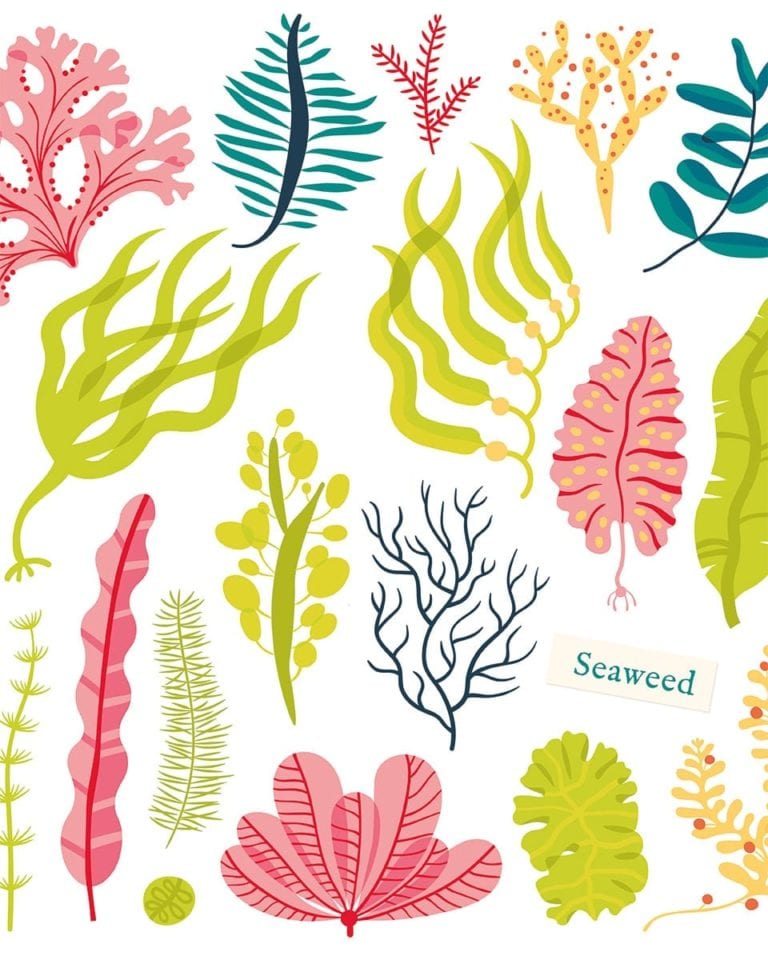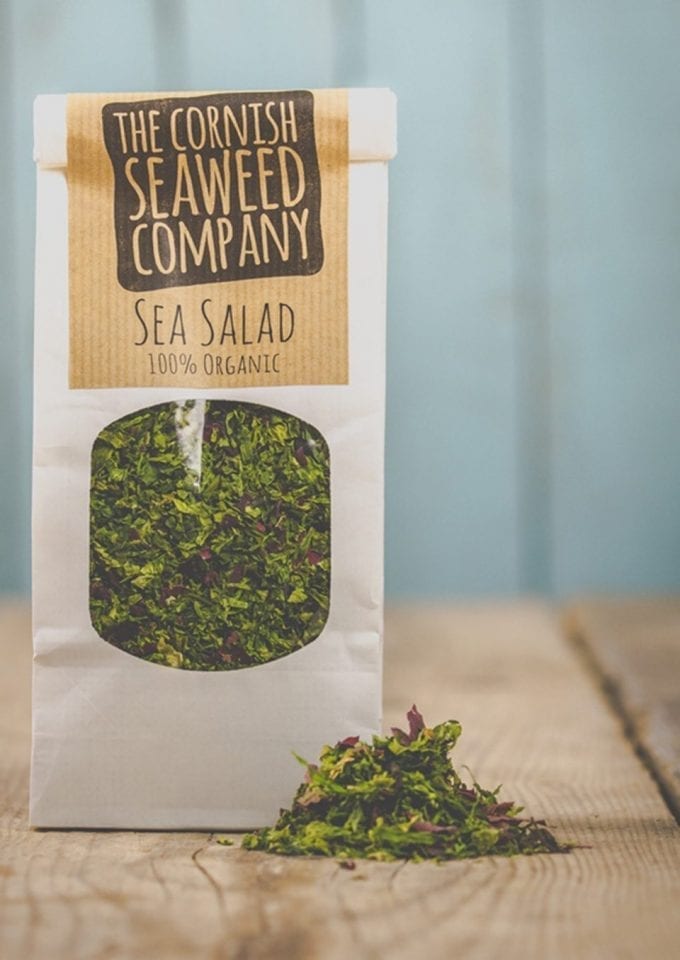Seaweed: the world-saving crop hiding in our oceans
Could the plant that makes you jump out of the sea at its unexpected slithery touch be the answer to a sustainable food future? Seaweed is quick growing, carbon capturing – and incredibly nutritious. Leyla Kazim discovers more about seaweed’s potential.

I spend quite a bit of time on farms for The Food Programme, but recently I visited a very different kind of farm, heading out on a boat in Cornwall’s St Austell Bay, to see a pioneering food production method that some people claim could be the solution to many of the issues we face as a species. That food is seaweed.
Can seaweed save the world?
“Seaweed is the greatest untapped resource we have,” says Vincent Doumeizel, author of The Seaweed Revolution (Hero £18.99). If we learn how to grow it sustainably, Vincent believes seaweed could solve a lot of the problems that are facing our world: it could feed both people and animals, replace fertilisers and plastics, decarbonise the economy, clean up the ocean, rebuild marine ecosystems and reduce social injustice by providing jobs and income in coastal communities where fishing resources are dwindling. Seaweed can also help combat climate change by cooling the atmosphere through carbon sequestration. “Some seaweeds can grow up to 40cm a day to reach 50m high,” Vincent told me. “They are real forests, so they absorb a lot of carbon.” Seaweed reproduces quickly without needing food, fresh water or pesticides.
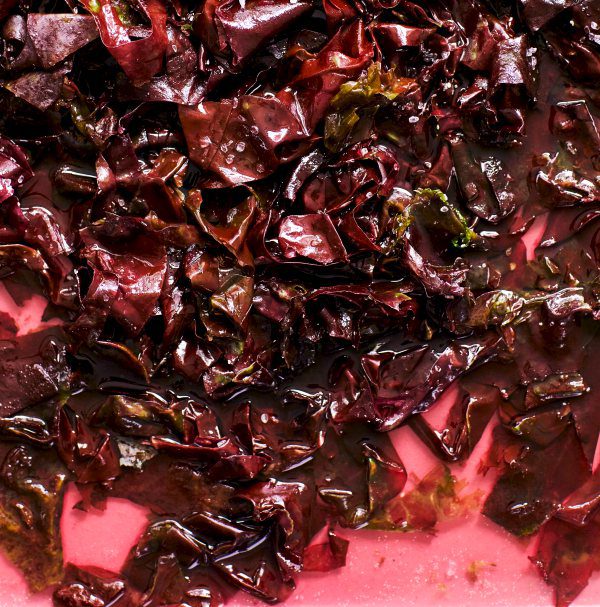
Seventy per cent of our planet is covered by the oceans, yet less than 2% of our food comes from them. “If we want to build something regenerative, something really global, really sustainable, then we have to start with the ocean,” Vincent said. There are lots of people in lots of countries working towards a world where farming seaweed becomes a normal part of our food system in the same way that fish or agriculture are. And that includes here in the UK.
“Seaweed is the greatest untapped resource we have – and if managed right, it can be a sustainable and regenerative part of our food system”
How is seaweed grown and why aren’t there more UK farms?
The Cornish Seaweed Company is a pioneer in cultivating seaweed and I wanted to find out how they do it. Co-founder Tim van Berkel took me out on a bumpy boat ride to a large area of sea dotted with grey buoys, spaced out on the water. It wasn’t any kind of farm I’m used to. Rather than an enclosed and fenced-in space, the seaweed is cultivated in its natural environment, not far from the coast. “You don’t have to cut down any forest – there’s no disturbance to any of the wildlife or the existing ecosystem,” explained Tim.
On the one hand, it’s a simple system of putting out some ropes with seedlings on, then harvesting a few months later once the seaweed is fully grown. Things are more complicated than they seem, though. Dr Elisa Capuzzo from the Centre for Environment, Fisheries and Aquaculture Science (part of Defra) estimates there are currently 27 licensed seaweed farms in the UK. That doesn’t sound a lot. But for comparison, in 2016 there was only one commercial seaweed farm – so the industry is growing.
But if there are so many benefits to seaweed farming, why aren’t we seeing hundreds of farms popping up along our coasts? “There are barriers throughout the value chain,” explains Elisa, “through the farming, the processing and the market.” And getting the right licence to farm seaweed can be tricky too. It’s relatively new, so regulation is still catching up – it can take around two years before a seaweed farmer can put out their ropes. “It’s currently way more complicated to farm regenerative seaweed than it is to pump oil from the ocean,” Vincent told me.
What’s the appetite for seaweed in the UK?
Perhaps the most obvious of those obstacles is the UK market. Seaweed grown here is still a fairly niche ingredient. Despite its long history of use in coastal areas of the British Isles and a well established role in folklore and traditional medicine, you won’t find much seaweed in British kitchen cupboards and fridges.
That’s changing, thanks to people like Douglas McMaster – chef and owner of Silo, the world’s first zero waste restaurant – who has made it his mission to change the way the public relates to the consumption of food. Douglas has been involved in the zero waste movement for over 10 years, an idea many of us are quite familiar with now. And using seaweed in his cooking has been part of this for some time. But even he has work to do on the marketing front.
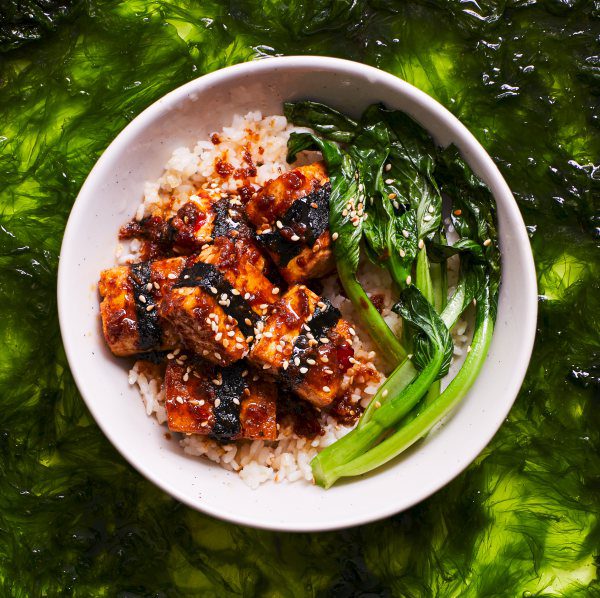
I asked Douglas if seaweed is the star of the dishes on his menu. “It should be, it’s not yet,” he told me. “That’s the truth about our journey to bring seaweed into a greater central location in people’s consciousness. It should be in the centre of someone’s dish…whether that’s a kelp salad or a sargassum sorbet.”
“Despite a long history of seaweed consumption in the British Isles, you won’t find much seaweed in our kitchens today”
Why – and how – should we eat seaweed?
Other parts of the world, namely countries in Asia, have been well versed on the numerous benefits and culinary delights of seaweed – or “sea vegetables”, as Vincent prefers to call them – for millennia. In the Japanese diet, nori sheets envelope sushi rolls, salads are made of wakame and kelp forms the base of dashi, the umami-rich broth building-block upon which so much of Japanese cooking is built. Seaweed is a key component in Korean dishes like miyeok-guk (seaweed soup), commonly eaten on birthdays and after childbirth. And in China you’ll find seaweed in dishes from salads to stir-fries.
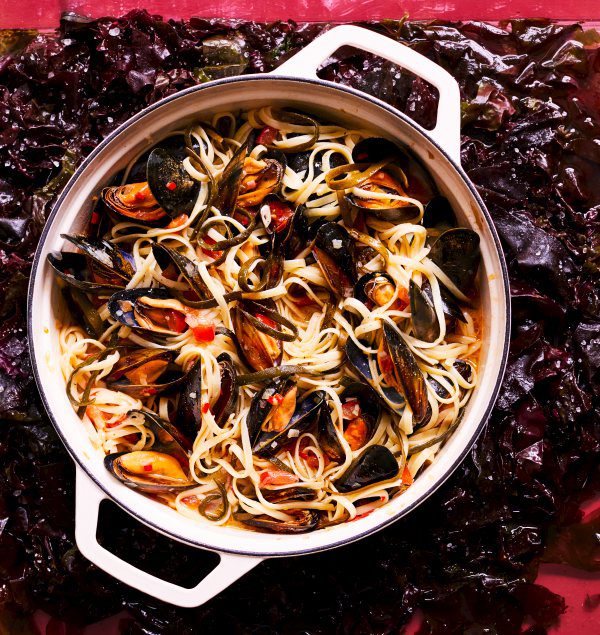
Vincent calls seaweed a “nutritional bomb”. It’s high in iodine, vitamins A, C, E and K, as well as folate, calcium and magnesium. It can easily be incorporated into diets through soups, salads and snacks. Plus, dried seaweed makes a great seasoning – a little sprinkle goes a long way to enhancing both nutritional intake and flavour.
“Many countries in Asia provide culinary inspiration for just how versatile this ingredient can be in the kitchen”
Where can I find seaweed?
Online retailers:
Brands available in supermarkets:
- Yutaka, Clearspring (nori sheets and sprinkle)
- Waitrose Cooks’ Ingredients Dulse Seaweed
- Bibigo, Itsu, Ocean’s Halo, Saitaku, Clearspring, Abakus (seaweed snacks)
We may earn a commission when you click on a link on our features.
Subscribe to our magazine
Food stories, skills and tested recipes, straight to your door... Enjoy 5 issues for just £5 with our special introductory offer.
Subscribe
Unleash your inner chef
Looking for inspiration? Receive the latest recipes with our newsletter



